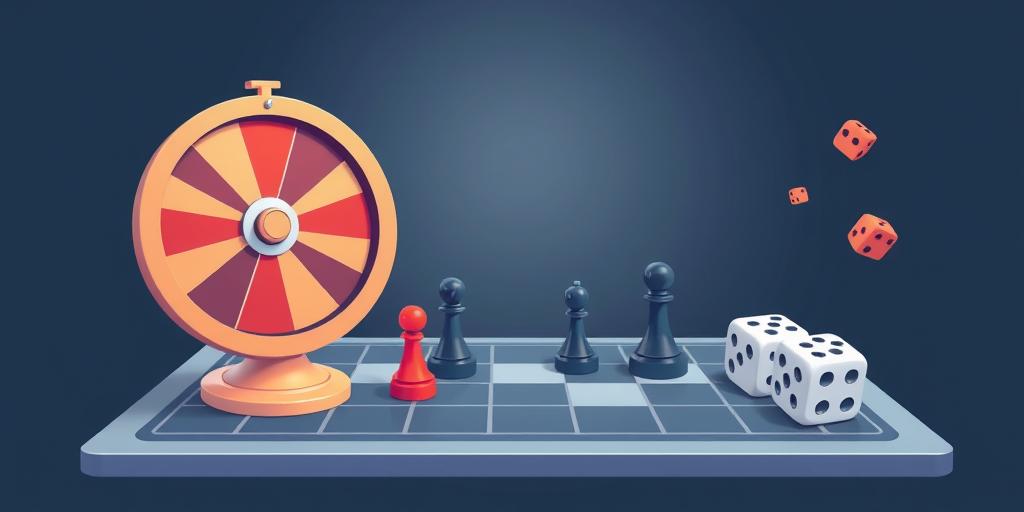Activation Wars: Comparing Igo-Ugo, Alternating, and Random Systems
In the world of game development and simulation, the order in which entities act can significantly impact outcomes. Three common activation systems are Igo-Ugo, Alternating, and Random. Each has unique characteristics that make them suitable for different scenarios. This post provides an informative comparison to help you understand their strengths and weaknesses.
Igo-Ugo System
The Igo-Ugo system, also known as "You Go, I Go," is a turn-based approach where players or entities take actions in a sequential order. One entity completes all its actions before the next entity gets a turn. This system is straightforward and easy to implement, making it a popular choice for board games and strategy games.
Pros:
- Simplicity: Easy to understand and implement.
- Predictability: Players can anticipate the consequences of their actions and plan accordingly.
- Strategic Depth: Allows for deep strategic planning since the entire state is updated after each player's turn.
Cons:
- Potential for Downtime: Players may have to wait a long time for their turn, leading to a less engaging experience.
- Vulnerability to "Ganging Up": Earlier players can potentially focus their actions on a single later player, creating imbalances.
Alternating System
In an alternating system, entities take turns performing one action at a time. This approach ensures that no single entity dominates the flow of the game or simulation. It is commonly used in real-time strategy (RTS) games to simulate simultaneous actions.
Pros:
- Fairness: Each entity gets a chance to act more frequently, reducing the impact of turn order.
- Dynamic Gameplay: Creates a more interactive and responsive experience.
- Reduced Downtime: Players remain engaged as actions cycle more rapidly.
Cons:
- Complexity: Can be more challenging to implement compared to the Igo-Ugo system.
- Potential for Inefficiency: Context switching between entities might introduce overhead.
- Less Strategic Depth: Planning can be more difficult as the state changes more frequently and predictably.
Random System
The random system introduces an element of unpredictability by randomly selecting which entity acts next. This approach is suitable for simulations aiming to model chaotic or stochastic environments.
Pros:
- Unpredictability: Mimics real-world randomness and can create emergent behaviors.
- Fairness Over Time: Ensures that all entities eventually get a chance to act.
- Adaptability: Useful for testing various scenarios and assessing system resilience.
Cons:
- Lack of Control: Can be challenging to control or predict outcomes.
- Potential for Unfairness in Short Term: Some entities may act more frequently than others in the short run.
- Difficulty in Strategic Planning: Reduces the ability of players to formulate long-term strategies.
Choosing the Right System
Selecting the appropriate activation system depends on the goals of your game or simulation:
- Igo-Ugo: Best for turn-based games requiring deep strategic planning and simplicity.
- Alternating: Ideal for real-time simulations where fairness and quick interactions are essential.
- Random: Suitable for modeling unpredictable environments and testing system resilience.
By understanding the nuances of each system, developers can create more engaging, balanced, and realistic experiences.









